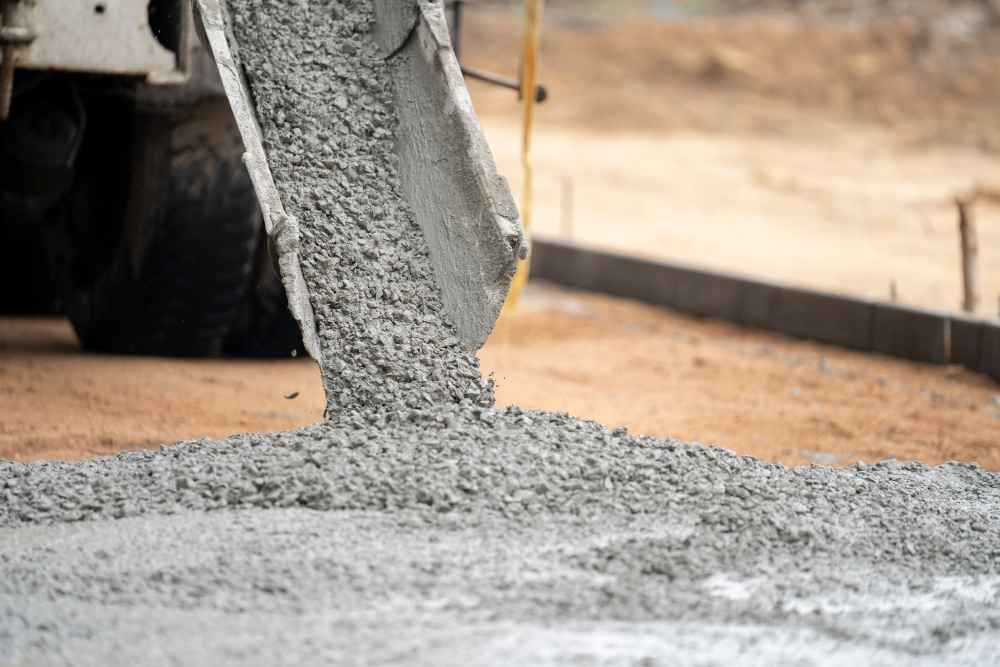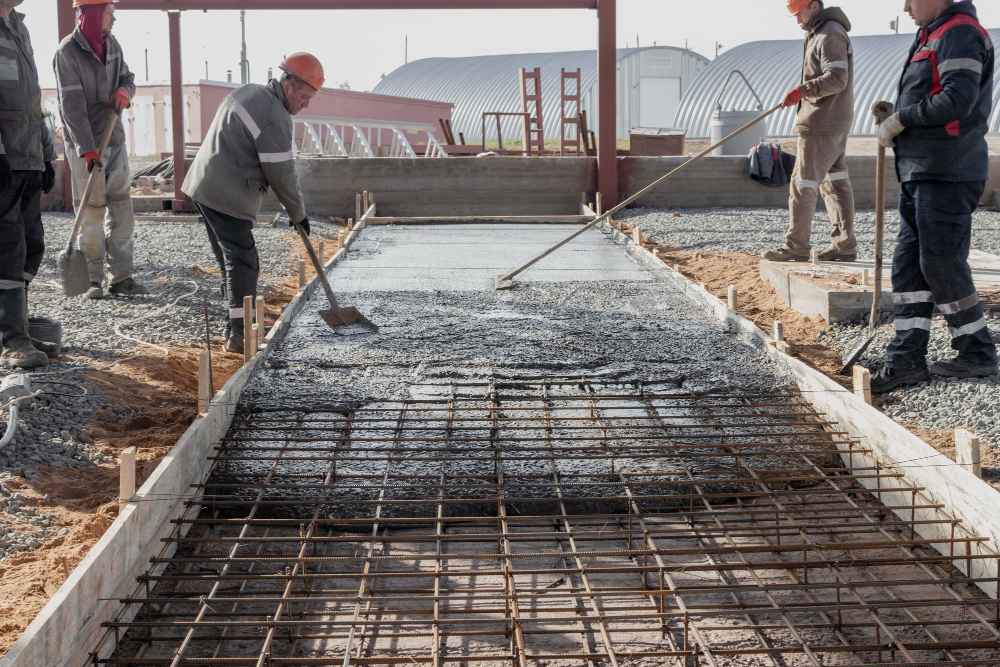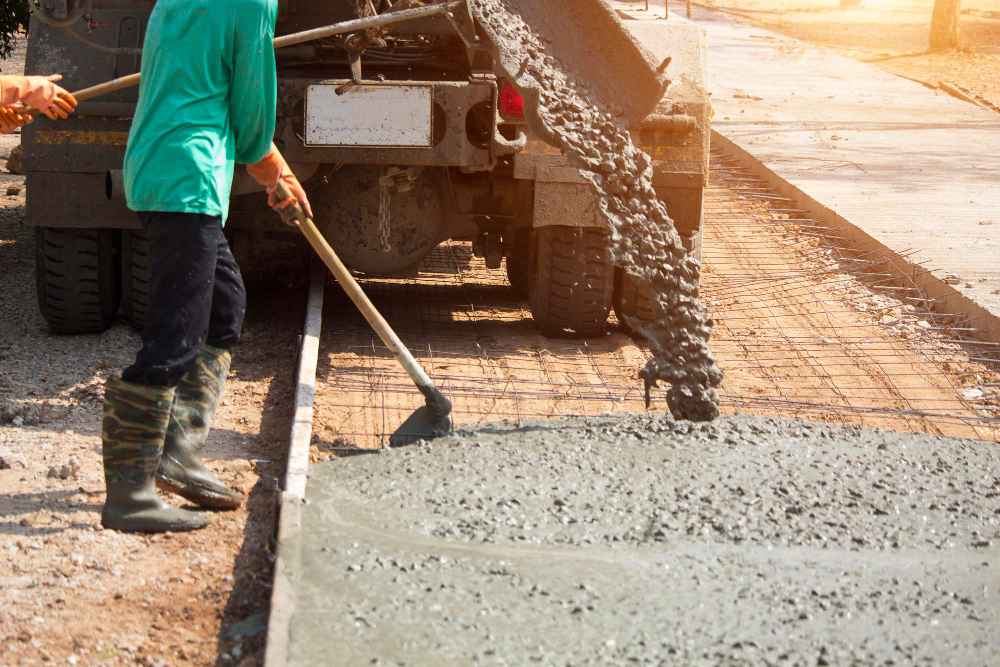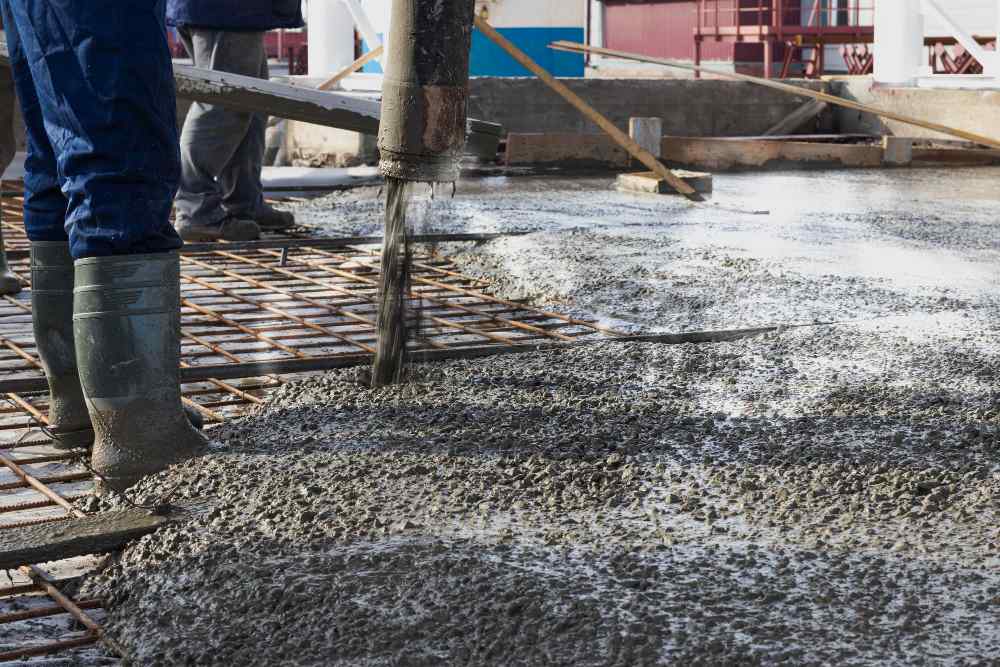Pouring and preparing concrete is primarily the job of professionals, but learning about the process can save you money on your project. Although the process is not that difficult to learn, but can be challenging if doing it for the first time. The steps involved in using concrete in your project are as follows:
It is considered the first step when starting your construction. The preparation of the ground depends on the type of structure to be built on top and the type of ground you have in hand. If it is a driveway or pathway, you can pour the concrete directly, but if you are building a base, then the ground needs to be levelled first. Most of the projects include following steps while preparing the ground.

After the ground is ready, the next step is to prepare the formwork to support the concrete during its drying phase. Some of the steps involved in formulating the formwork include:
This formwork will prevent the leaking out of concrete and will facilitate sharp edges to concrete. Moreover, the water can move easily to the target side if appropriately levelled.

Now that the ground is ready for concrete, it is time to calculate the required volume and place an order with a trustworthy and experienced contractor. Before ordering ready-mix concrete following steps need to be completed first:
Now that all required steps are complete, we can place the order for ready-mix concrete.

Once the Ready-mix concrete truck has smoothly arrived at its destination, follow the below steps to pour and level your concrete successfully, as the most optimal way is to lay ready-mix concrete within one hour of delivery.

The curing process starts soon after the concrete is set. This step makes sure that the concrete stays solid with a longer lifespan and achieves its maximum strength. Some of the steps in curing include:
The average time taken by concrete to dry is around 48 hours. But it is best to leave for at least five days. You can remove the formwork within 24 hours. However, to avoid any cracks and damage to concrete, you can leave it for 72 hours. It takes approximately 28 days for concrete to reach its maximum strength.
A boom pump uses a robotic arm (boom) to deliver concrete with precision at height or distance, making it ideal for large-scale and high-rise projects. A line pump, on the other hand, is better suited for smaller, ground-level jobs and uses flexible hoses to deliver concrete. We offer both types depending on your project requirements.
With a boom pump, concrete can be pumped up to 70 metres vertically and over 200 metres horizontally. Line pumps can reach around 150 metres horizontally, depending on the setup and hose diameter. Our experts will assess your site and recommend the best solution to reach even the most challenging locations.
Yes, it’s important to ensure the site is accessible, level, and free from obstructions. There should be enough space for the pump vehicle to park and operate safely. If you’re unsure about access or clearance, our team can provide advice or arrange a pre-site visit.
The duration of a concrete pumping job depends on the volume and complexity of the pour. In general, a typical residential pour can be completed in under two hours. Our efficient service aims to minimise downtime and keep your construction project on schedule.
Yes, concrete pumps can operate in light rain and mild weather conditions, but heavy rain, high winds, or frozen ground may delay or halt operations for safety reasons. We always monitor the forecast and keep you informed of any possible schedule changes.
Yes, all our pump hires include a trained and experienced operator who will handle the equipment and ensure concrete is placed efficiently and safely. They’ll also help guide you through the process on-site, ensuring a smooth pour every time.
Ready Mix Concrete London (Trading as Pro-Mix Concrete Ltd)
Copyright © 2025 | Ready Mix Concrete London (Trading as Pro-Mix Concrete Ltd) | All Rights Reserved.